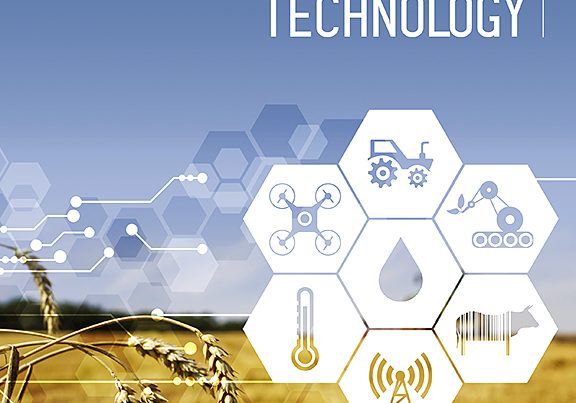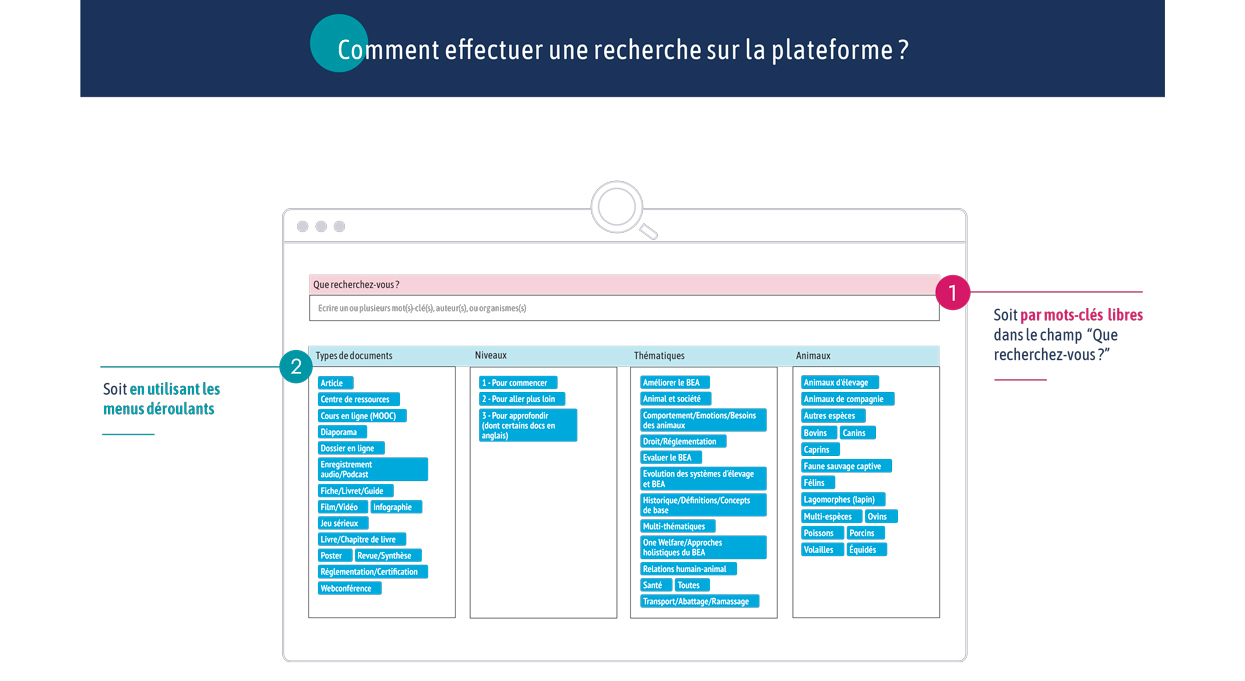Type de document : Revue scientifique publiée dans Animals
Auteurs : Przemysław Racewicz, Agnieszka Ludwiczak, Ewa Skrzypczak, Joanna Składanowska-Baryza, Hanna Biesiada, Tomasz Nowak, Sebastian Nowaczewski, Maciej Zaborowicz, Marek Stanisz, Piotr Ślósarz
Résumé en français (traduction) : Bien-être, santé et productivité dans les élevages porcins commerciaux
Ces dernières années, la production porcine et la technologie en élevage porcin ont connu des changements très dynamiques dans le monde entier. La tendance générale à l’augmentation de l’efficacité de la production porcine, avec une réduction de la main-d’œuvre, nécessite une optimisation et une approche globale de la gestion des troupeaux. L’un des éléments les plus importants pour atteindre cet objectif est de préserver le bien-être et la santé des animaux. La santé des porcs dans l’exploitation est également un aspect essentiel de l’économie de la production. La nécessité de maintenir un statut sanitaire élevé des troupeaux de porcs en éliminant la fréquence des différentes unités de maladie et en réduisant le besoin de substances antimicrobiennes fait partie d’une stratégie de gestion des troupeaux à haut potentiel largement comprise. Grâce à l’utilisation de capteurs (caméras, microphones, accéléromètres ou transpondeurs d’identification par radiofréquence), les images, les sons, les mouvements et les signes vitaux des animaux sont combinés par le biais d’algorithmes et analysés pour un suivi non invasif des animaux, ce qui permet une détection précoce des maladies, améliore leur bien-être et augmente la productivité de l’élevage. Des systèmes d’alerte précoce automatisés et innovants basés sur la surveillance continue de paramètres physiologiques (par exemple, la température corporelle) et comportementaux spécifiques peuvent constituer une alternative au diagnostic direct et à l’évaluation visuelle par le vétérinaire ou le gardien du troupeau.
Résumé en anglais (original) : In recent years, there have been very dynamic changes in both pork production and pig breeding technology around the world. The general trend of increasing the efficiency of pig production, with reduced employment, requires optimisation and a comprehensive approach to herd management. One of the most important elements on the way to achieving this goal is to maintain animal welfare and health. The health of the pigs on the farm is also a key aspect in production economics. The need to maintain a high health status of pig herds by eliminating the frequency of different disease units and reducing the need for antimicrobial substances is part of a broadly understood high potential herd management strategy. Thanks to the use of sensors (cameras, microphones, accelerometers, or radio-frequency identification transponders), the images, sounds, movements, and vital signs of animals are combined through algorithms and analysed for non-invasive monitoring of animals, which allows for early detection of diseases, improves their welfare, and increases the productivity of breeding. Automated, innovative early warning systems based on continuous monitoring of specific physiological (e.g., body temperature) and behavioural parameters can provide an alternative to direct diagnosis and visual assessment by the veterinarian or the herd keeper.






